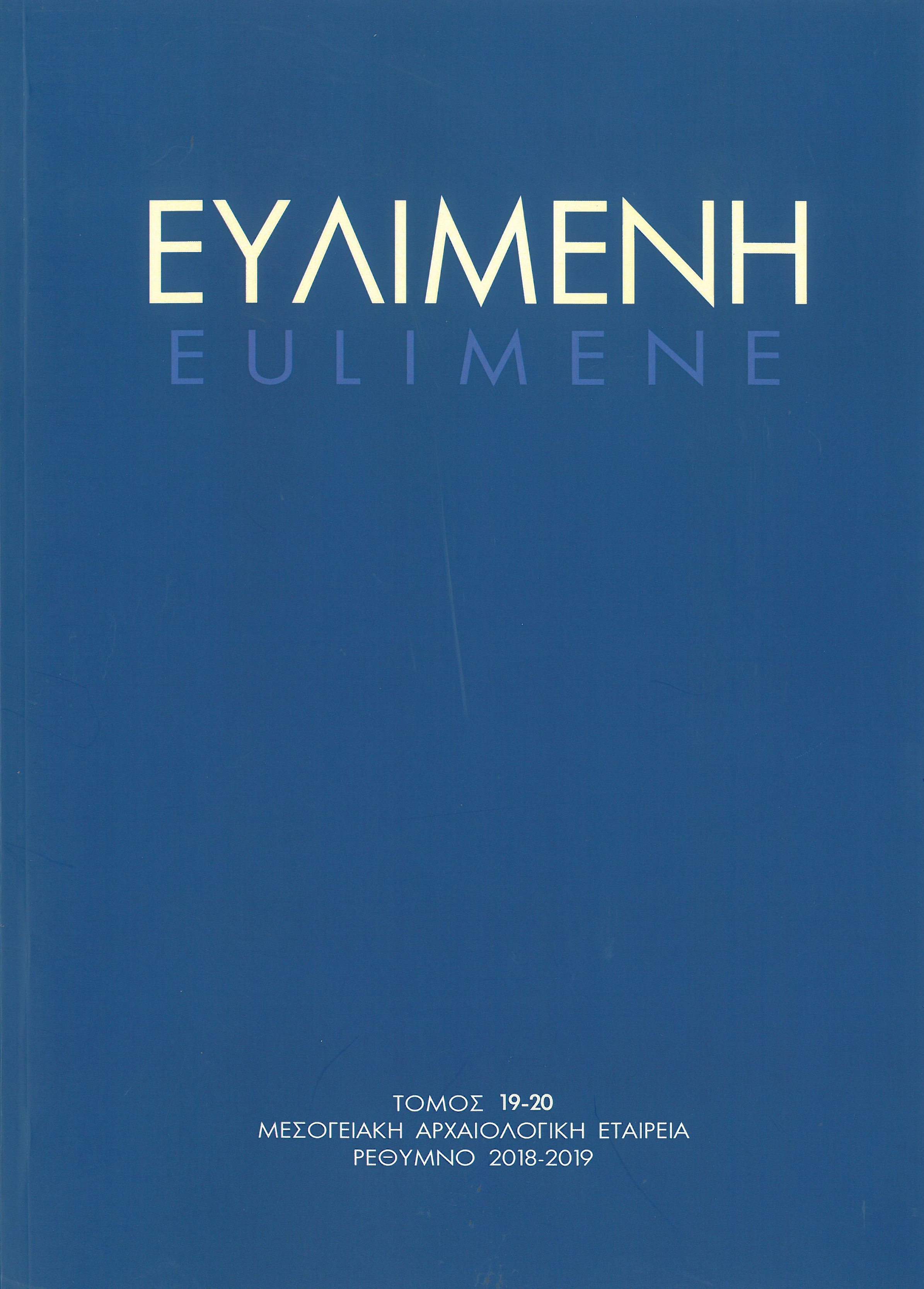Αγαλμάτιο νεαρής ανδρικής μορφής των ρωμαϊκών χρόνων

Abstract
Roman statuette of a young male figure. The sculpture published here, kept in the Archaeological Museum of Piraeus (inv. no 1212), is a freestanding, smaller than life-size (max. preserved height: 0.415 m) statuette of a nude young man, preserved from the waist up. Evidence concerning its provenance does not exist, as the date at which the statuette was handed over to the Archaeological Museum of Piraeus remains unknown and no further information is available. Around 1971-72, the late Professor Giorgos Despinis, who served as Curator of Antiquities at the time, entered a brief description of the object into the Museum’s Inventory. The statuette is made of white, fine-grained marble, possibly Pentelic, covered with light brown patina. Aside from the lower body and the legs, the right upper limb is missing from the middle of the arm down. Similarly, the largest part of the left upper limb, which was possibly raised, is missing, also from the middle of the arm down. Traces of a round socket, intended for the insertion of a dowel, are preserved in the centre of the broken surface of the left arm. One more circular socket is found on the left shoulder connected to a shallow, narrow groove. On the left side of the torso, the remains of an integral rectangular support (puntello) survive, whose broken surface indicates that it was angled, leaning forward. Rasp marks are visible on either side of the neck, the area covered by the curls, as well as the left side of the torso, from the armpit to the puntello. Extensive use of drill is evident in the rendering of the hair. The figure’s hair that features “anastole” above the forehead, consists of rich curls that grow unevenly, framing the beardless youthful face, covering the ears completely. Based on stylistic grounds, the statuette is datable around the mid-2nd century AD or shortly later. The preserved evidence leads to the assumption that the figure held most likely a cornucopia in his raised left hand. The statuette depicted possibly a daemon or personified a benevolent force or a river.
##plugins.themes.ekt-hometheme.article.details##
- Ausgabe
- EULIMENE 19-20 (2018-2019)
- Rubrik
- Articles
- Kategorien
The copyright for articles in this journal is retained by the author(s), with first publication rights granted to the journal. Authors who submit articles to this journal confirm that third-party intellectual property rights are not violated in any way. By virtue of their appearance in this open access journal, articles can be used freely, with proper attribution, for educational and other non-commercial purposes. The Mediterranean Archaeological Society retains the right to publish papers that appear in EULIMENE in any form, including electronic, the journal may assume in the future. It also retains the right to deposit articles published in EULIMENE in its repository.





